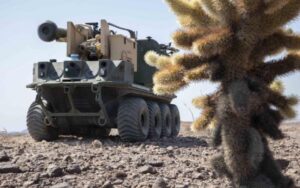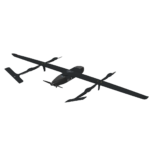
The Army’s next Project Convergence (PC) demonstration will include a focus on determining the role for future robots to either compliment activities currently performed by soldiers, or in some cases, replace human operators entirely, a lead official said last Thursday. Maj. Gen. Ross Coffman, director of the Next-Generation Combat Vehicle Cross Functional Team, said the second annual PC event taking place this fall at Yuma Proving Ground in Arizona will scale up the number of robots from less than five…

 By
By 











